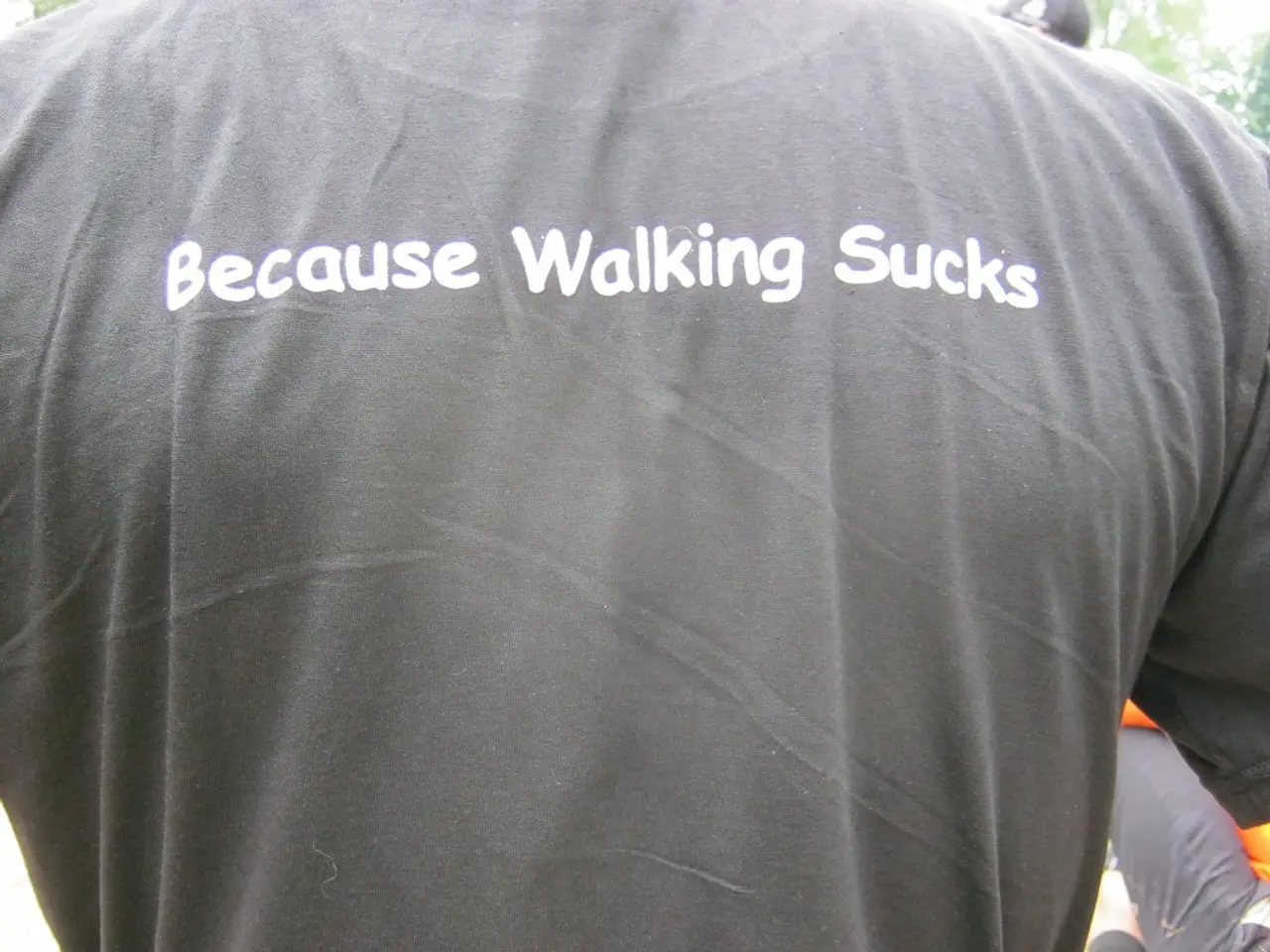People find restlessness or constant movement unnerving
Misokinesia, a lesser-known sensory aversion disorder, is causing ripples in the medical community due to its unique nature and impact on individuals' lives. This condition, which affects approximately 33% of the population to varying degrees, triggers an intense physiological response in individuals exposed to small, repetitive movements, such as finger tapping or leg bouncing [3].
Unlike general annoyance or simple irritation, misokinesia is a specific, intense reaction that can cause distress or discomfort. It is more targeted and intense than everyday irritation, sometimes interfering with social interactions or concentration. Misokinesia is related to but distinct from misophonia, a condition that involves a strong negative reaction to specific sounds [1].
People with misokinesia describe feeling trapped in their own hypersensitivity, unable to escape the magnetic pull of repetitive movements once they've noticed them. The response to these movements is involuntary and intense, often accompanied by feelings of rage, disgust, and an almost desperate need to regain control over their environment.
Attention redirection techniques, such as focusing on other visual stimuli, mental exercises, or using devices to capture attention, help some individuals manage their responses once triggered. Physiological management techniques, borrowed from anxiety and stress management, can also help manage the body's responses to triggers, such as deep breathing exercises, progressive muscle relaxation, and grounding techniques.
Living with misokinesia creates a complex web of social challenges, including workplace dynamics, family relationships, and social gatherings. Common triggers for misokinesia include finger tapping, leg bouncing, head bobbing, and whole body movements. To manage these triggers, people with misokinesia often develop strategic seating arrangements to minimize exposure. Avoidance and escape planning become necessary life skills, including developing socially acceptable ways to leave triggering situations and creating backup plans for important events.
Communication strategies are essential for maintaining relationships while managing misokinesia. Honest, educational conversations with close friends and family members about the condition are crucial. Clinical recognition is essential for legitimizing the experiences of people with misokinesia and opening doors for insurance coverage of future treatments and accommodations.
The growing recognition of misokinesia represents a crucial step forward for increased support, treatment, and acceptance. Research initiatives are exploring the neurological mechanisms underlying misokinesia, potential treatment approaches, and the relationship between misokinesia and other sensory processing conditions.
Interestingly, some people with misokinesia discover mimicry and synchronization as coping mechanisms. By performing similar repetitive movements to the trigger, they can decrease their distress. This fascinating phenomenon underscores the individual's struggle to find ways to cope with their condition and live a relatively normal life.
In conclusion, misokinesia is a psychological condition that triggers an intense physiological response to observing repetitive movements. It is a specific, intense reaction rather than a typical annoyance. As research continues, we hope to better understand this condition and provide effective treatments and accommodations for those affected by it.
Technology and science may play a significant role in the future of managing misokinesia. Innovations in wearable devices, for instance, could alert individuals when common triggers are detected, allowing them to take preventive measures. Additionally, advancements in mental health applications could offer strategies and techniques for coping with the disorder, thereby improving health-and-wellness and mental-health outcomes for those affected by misokinesia.




